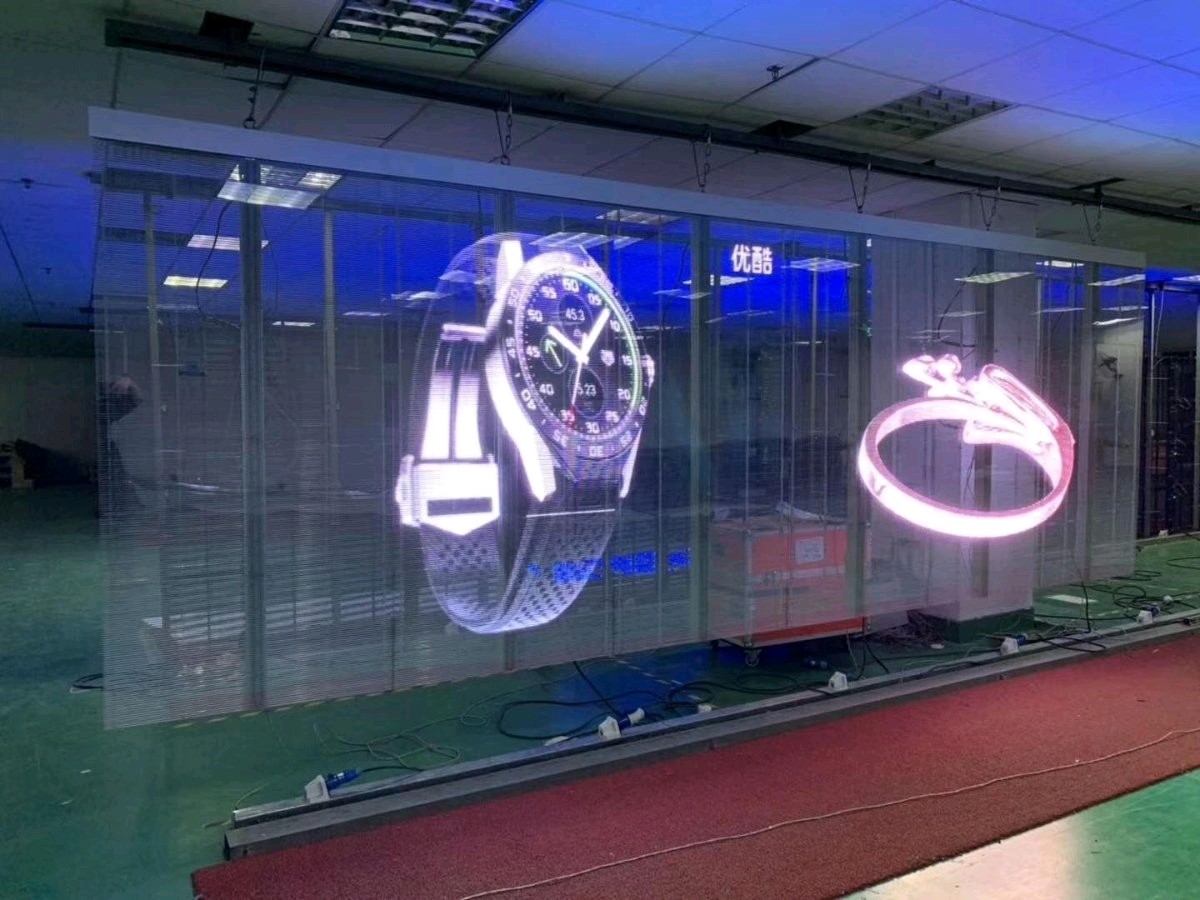


In this work, we compare the optical properties of the different types of deterministic aperiodic arrays in a visible range. In this paper, the different arrays of core–shell nanoparticles are investigated to propose a high-quality transparent display. We believe that the proposed method can be used to give guidelines for designing transparent OLED. The simulation results provide an intuitive approach to examine the visual quality. Consequentially, a simulation result can be seen as one image, which is composite of two images, image on the display and image through the display. All of the procedures were derived from image processing techniques. And each condition was implemented on the assumption that the design of pixel structure may be separated into two parts, emitting and see-through areas. We focused on three influential conditions-illumination, transparency and contrast-though numbers of conditions affect visual quality in Transparent OLED. In this paper, we present a feasible simulation method for visualising transparent OLED. In order to establish the guidelines of visual quality requirement, a method for the visualisation of seeing through a transparent OLED is required. While various studies have conducted to increase transparency, reduce haziness and remove image distortion in transparent OLED, fewer studies have attempted to provide the requirements of visual quality for a particular purpose of applications. A transparent organic light emitting diode (OLED) display has received much attention as one of the future display technologies.


 0 kommentar(er)
0 kommentar(er)
